Renal colic fast track pathway. Abbreviations AAA, abdominal aortic... Download Scientific
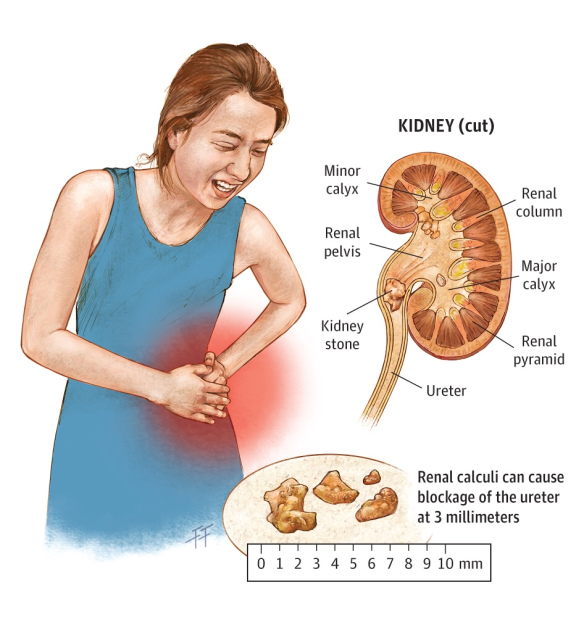
A Nutshell Review On The Therapeutics Of Renal Calculi
Renal colic is the acute onset of severe abdominal / flank pain due to kidney stones. Pain typically radiates from the flanks to the groin and intensifies over the first 30-60 minutes. Eliciting a history of prior nephrolithiasis, a family history of kidney stones, or patients at risk of nephrolithiasis (eg, gastric bypass surgery, short bowel.
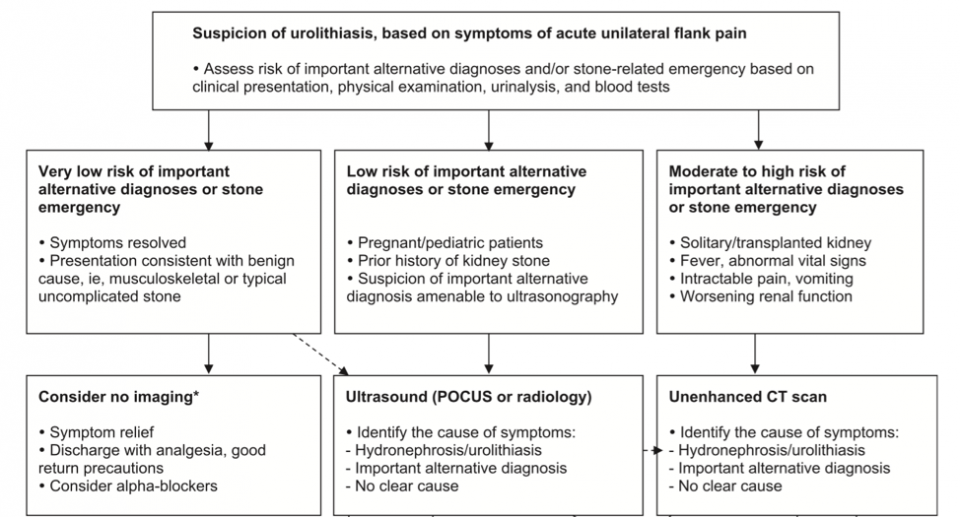
Diagnosis and Management of Acute Renal Colic An Evidence Based Update EMOttawa Blog
R10.83 is a billable/specific ICD-10-CM code that can be used to indicate a diagnosis for reimbursement purposes. The 2024 edition of ICD-10-CM R10.83 became effective on October 1, 2023. This is the American ICD-10-CM version of R10.83 - other international versions of ICD-10 R10.83 may differ. ICD-10-CM Coding Rules.

Managing acute renal colic across the primarysecondary care interface a pathway of care based
Browse all the diagnosis codes used for unspecified renal colic (n23). For easy navigation, the diagnosis codes are sorted in alphabetical order and grouped by sections. Each section is clearly marked with its description, and the corresponding three-digit code range.. Renal Colic - A severe intermittent and spasmodic pain in the lower back.

Table 2 from Diagnostic management of renal colic. Semantic Scholar
Unspecified renal colic. N23 is a billable/specific ICD-10-CM code that can be used to indicate a diagnosis for reimbursement purposes. The 2024 edition of ICD-10-CM N23 became effective on October 1, 2023. This is the American ICD-10-CM version of N23 - other international versions of ICD-10 N23 may differ.

CME 30/10/14 Renal Colic Investigation and Management Charlie's ED
500 results found. Showing 1-25: ICD-10-CM Diagnosis Code N23 [convert to ICD-9-CM] Unspecified renal colic. Renal colic; Renal colic (pain from kidney stone); Ureteral colic; Ureteric colic. ICD-10-CM Diagnosis Code R10.83 [convert to ICD-9-CM]

Renal Colic Kidney Stone pain Iqbal Health Centre YouTube
Urinary stones are the main cause of renal colic. If the stone restricts your flow of urine, it can cause increased pressure and inflammation. Stones can form in your urinary tract for several reasons, including: Dehydration. Excess calcium in your pee. Excess protein in your diet. Certain medications.

(PDF) Diagnosis & Management Of Renal Colic
Objectives Symptomatic ureterolithiasis (renal colic) is a common Emergency Department (ED) complaint. Variation in practice surrounding the diagnosis and management of suspected renal colic could have substantial implications for both quality and cost of care as well as patient radiation burden. Previous literature has suggested that CT scanning has increased with no improvements in outcome.
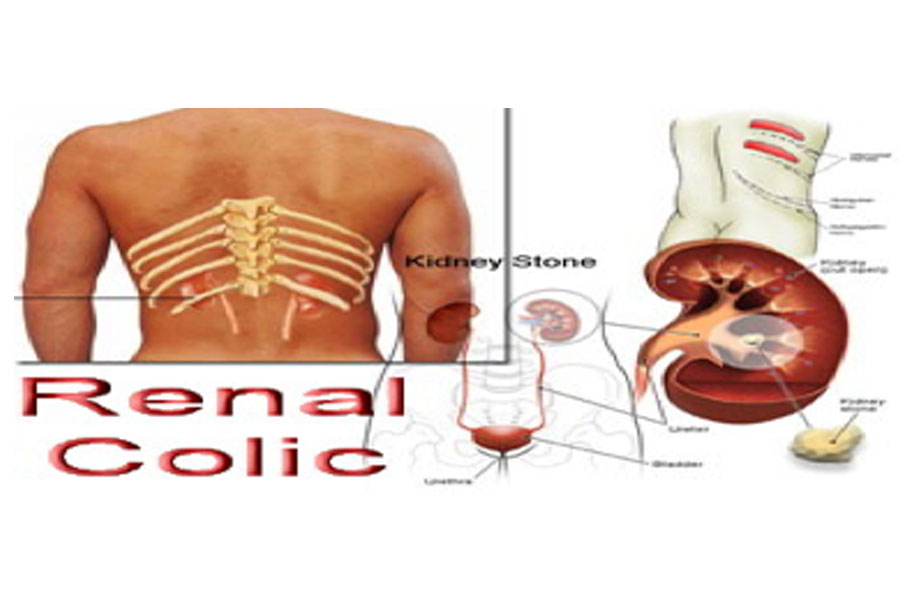
Renal Colic
Calculus of kidney with calculus of ureter. N20.2 is a billable/specific ICD-10-CM code that can be used to indicate a diagnosis for reimbursement purposes. The 2024 edition of ICD-10-CM N20.2 became effective on October 1, 2023. This is the American ICD-10-CM version of N20.2 - other international versions of ICD-10 N20.2 may differ.
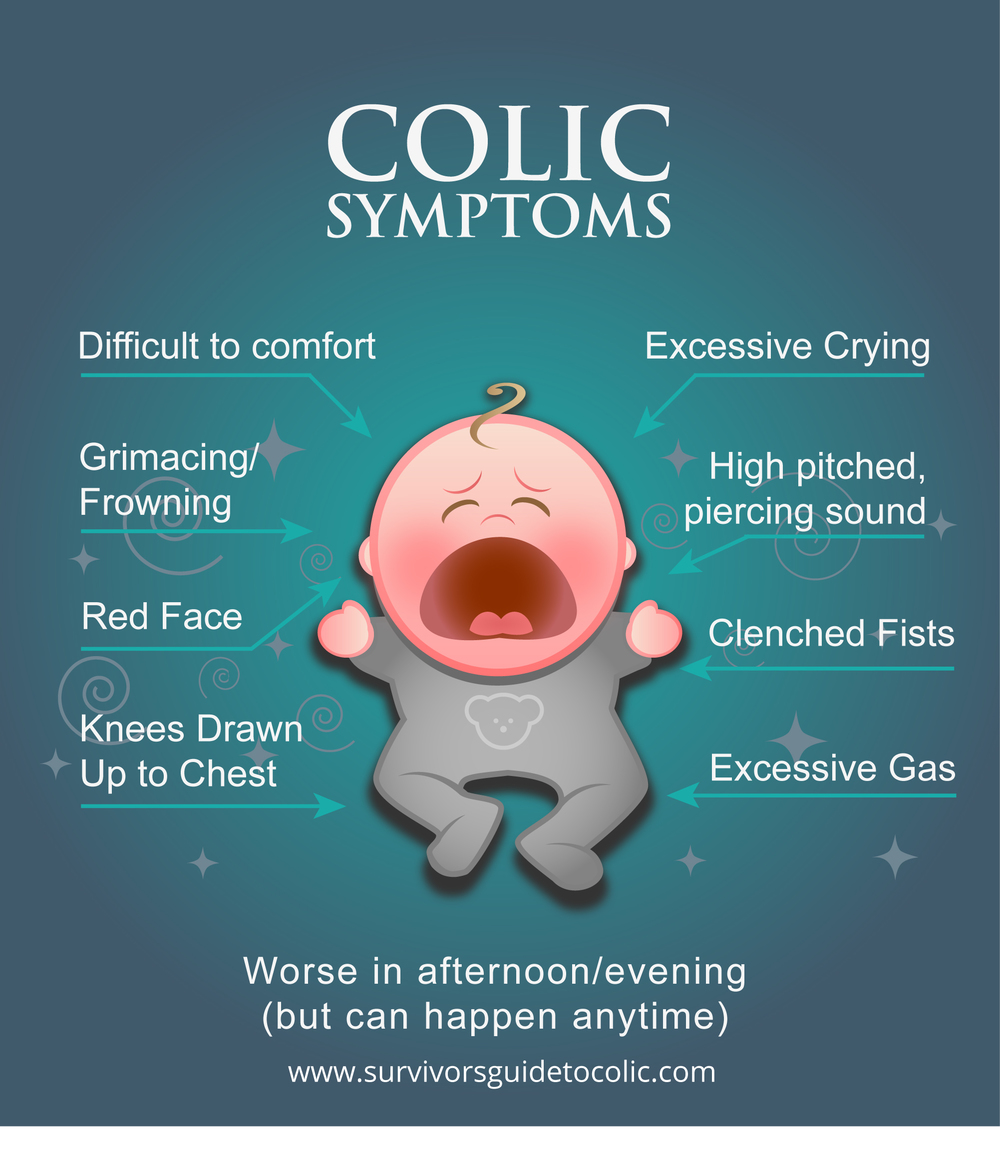
About Colic — Survivor's Guide to Colic
Unspecified renal colic. ( N23) N23 is a billable diagnosis code used to specify a medical diagnosis of unspecified renal colic. The code is valid during the current fiscal year for the submission of HIPAA-covered transactions from October 01, 2023 through September 30, 2024. Unspecified diagnosis codes like N23 are acceptable when clinical.

Kode Icd Colic Abdomen Berbagi Informasi
To assess whether ultrasonography (US) with or without plain abdominal radiography (kidney, ureter, bladder [KUB] radiography) can replace intravenous urography (IVU) in detection of acute urinary tract obstruction, 101 consecutive patients with renal colic were evaluated with US followed immediately by IVU. Receiver operating characteristic (ROC) curves for US diagnosis of acute urinary tract.

Management of Renal Colic and Triage in the Emergency Department Abdominal Key
Acute renal colic is a severe form of sudden flank pain that typically originates over the costovertebral angle and extends anteriorly and inferiorly towards the groin or testicle. It is often caused by acute obstruction of the urinary tract by a calculus and is frequently associated with nausea and vomiting. The degree of pain is related to the degree of obstruction and not the size of the.

Renal colic fast track pathway. Abbreviations AAA, abdominal aortic... Download Scientific
Introduction. Renal colic describes intense wave-like pain related to the passage of ureteric stones.It is a very common condition, with an estimated 12% of men and 6% of women experiencing renal colic at least once in their lifetime 1.Most stones are calcium-based (oxalate, phosphate or mixed). Other stones include urate, struvite and cysteine. The following article will cover the assessment.

Figure 1 from The Diagnosis and Management of Patients with Renal Colic across a Sample of US
We conducted a retrospective cohort study of adult patients who received a diagnosis of renal colic via a visit to an ED at 444 US hospitals participating in the Premier Healthcare Alliance database from 2009-2011. We modeled use of CT, admission, and inpatient urologic intervention as functions of both patient characteristics and hospital.
Renal colic assessment Safer Care Victoria
Unspecified renal colic N23-. Clinical Information. A disorder characterized by paroxysmal and severe flank marked discomfort radiating to the inguinal area. Often, the cause is the passage of kidney stones. A severe pain in the lower back radiating to the groin, scrotum, and labia which is most commonly caused by a kidney stone (renal calculus.

The management of renal colic. Semantic Scholar
Abdominal and pelvic pain. ( R10) R10.83 is a billable diagnosis code used to specify a medical diagnosis of colic. The code is valid during the current fiscal year for the submission of HIPAA-covered transactions from October 01, 2023 through September 30, 2024. The code R10.83 is applicable for patients aged 0 through 17 years inclusive.
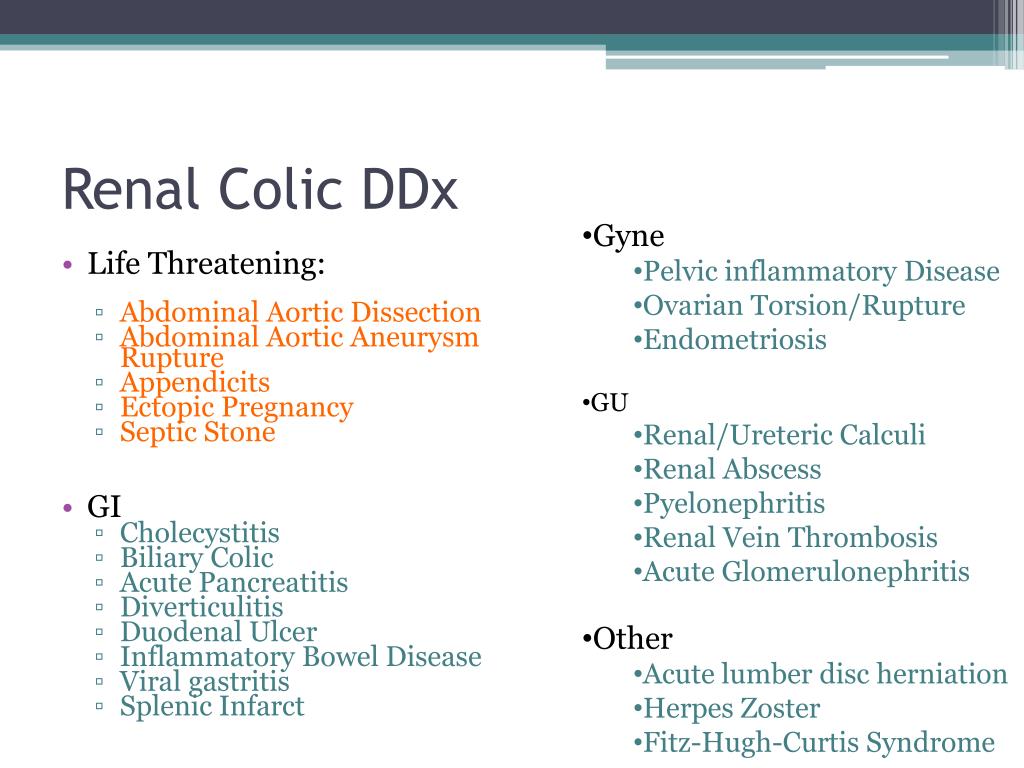
PPT Urology PowerPoint Presentation, free download ID1649237
This pain is often known as renal colic and typically comes in waves lasting 20 to 60 minutes. Other associated symptoms include: nausea, vomiting, fever, blood in the urine, pus in the urine, and painful urination.. ICD 9 Codes: 592.0, 592.1, 592.9: A kidney stone, 8 millimeters (0.3 in) in diameter .